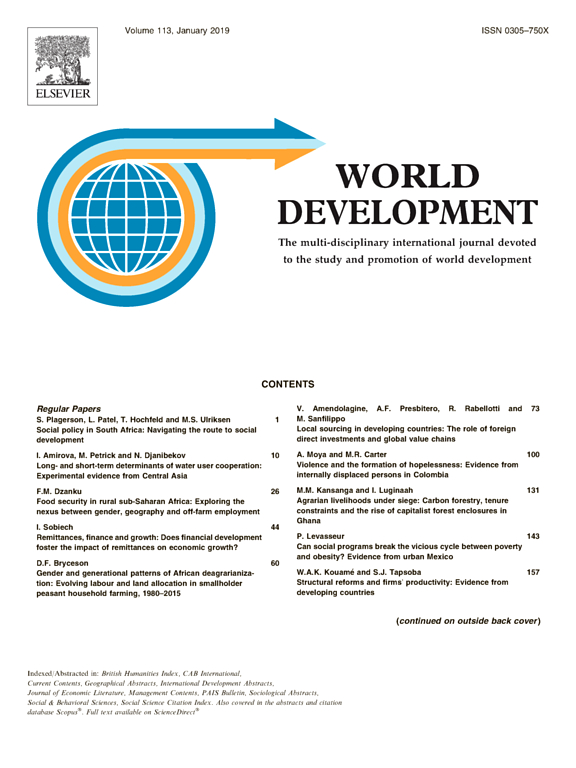The impact of wood use by isolated Forest Dependent Communities (FDC) on forest conservation is not well understood. We present a study of wood use in the YUS area (combined watersheds of Yopno, Uruwa and Som rivers) in northern Papua New Guinea, where 57 communities depend on forests for their subsistence. Using a survey methodology based on the Poverty and Environment Network (PEN) survey protocol, we assess the annual volume of wood used, primary sources for this wood and evaluate the capacity of natural forest to sustainably support current rates of wood-use as well as their per capita CO2 emissions. The primary reason for wood extraction was for fuelwood (6.4 kg person1 day1 or 11.1 tonne household1 year1) and housing construction (0.6 m3 household1 year1). Fuelwood was collected primarily from areas close to the village, in fallow (grassland) and agroforestry land types, while construction wood was being sourced primarily from secondary and primary forests. The volume of construction wood currently harvested across YUS was approximately 11% the annual increase in timber volumes in available and accessible natural forest. Under this wood use rate and projected population growth (2.5–4%) these communities can harvest construction wood at a sustainable rate for between 55 and 90 years. Nonetheless, we demonstrate that the CO2 emissions from wood extraction, and in particular fuelwood, are high; approaching 1.15 tonnes CO2 person1 year1. Household surveys revealed that all smallholders had a strong interest in planting trees for production of wood for house construction, which could reduce pressures on forests and compensate for CO2 emissions. © 2016 Elsevier B.V.
DOI:
https://doi.org/10.1016/j.foreco.2016.09.043
Skor altmetrik:
Jumlah Kutipan Dimensi:



















